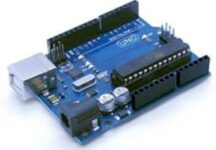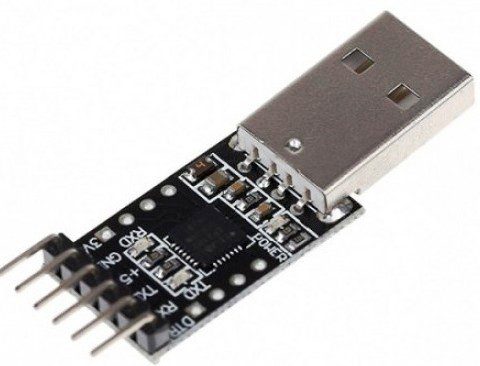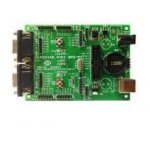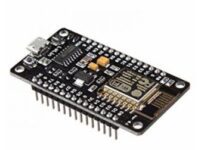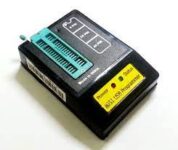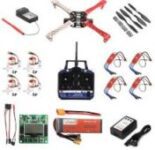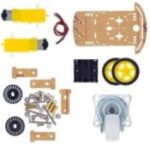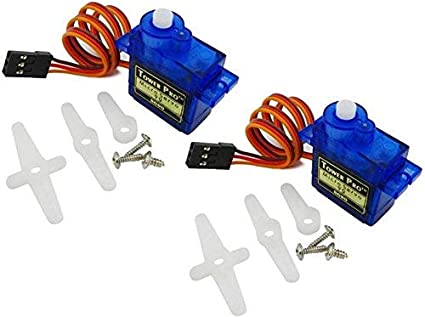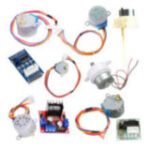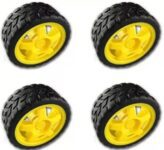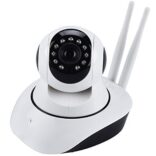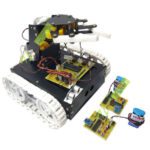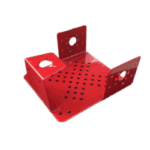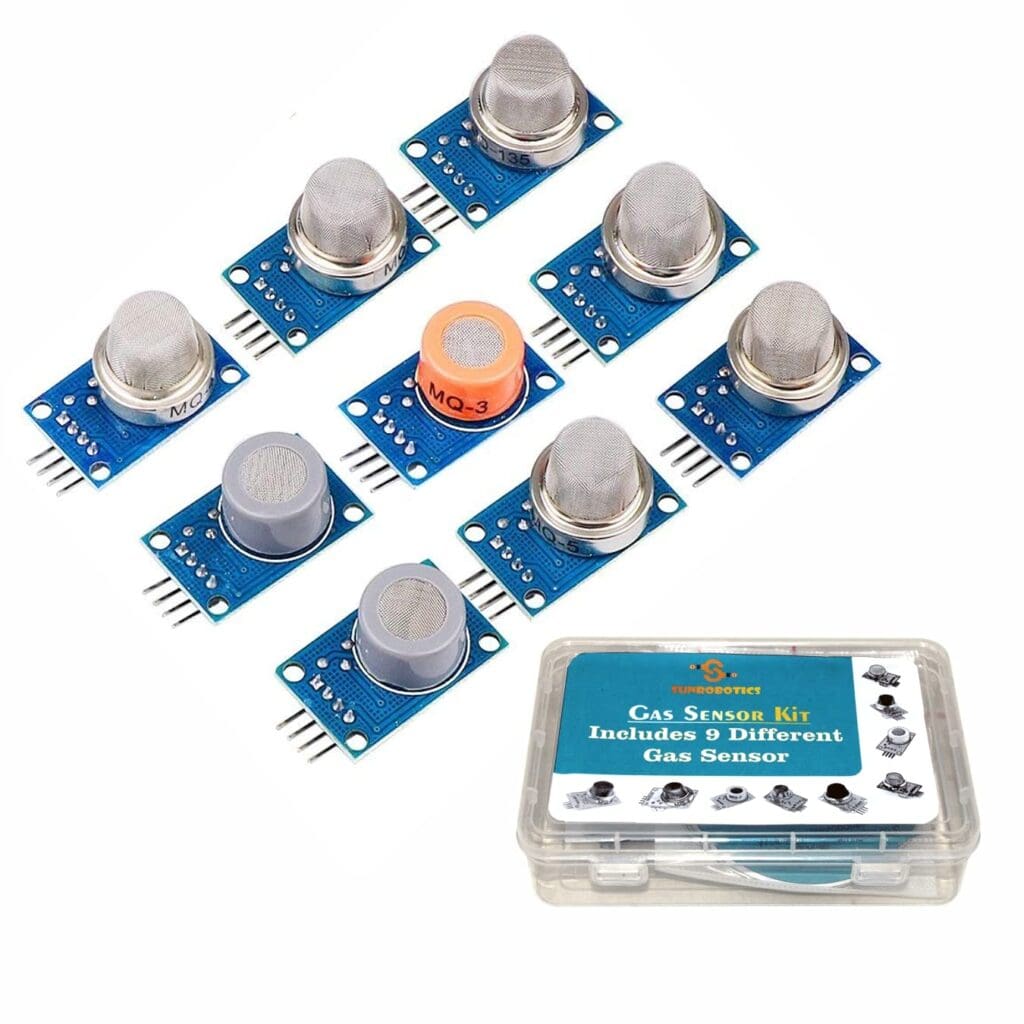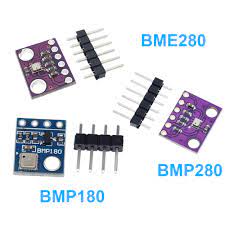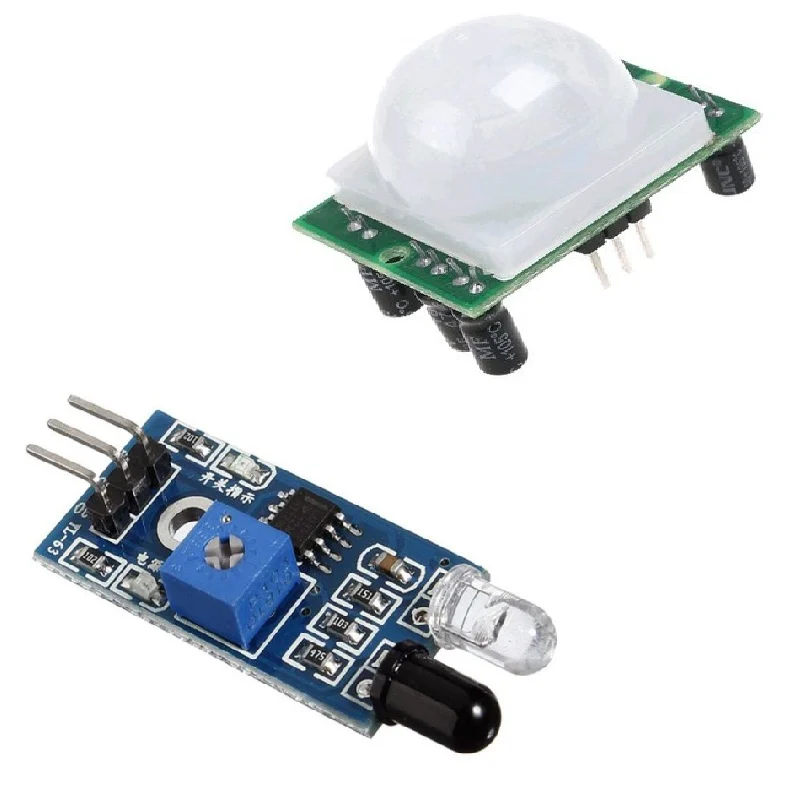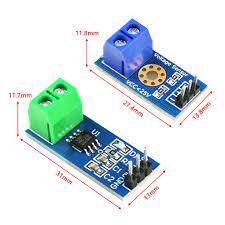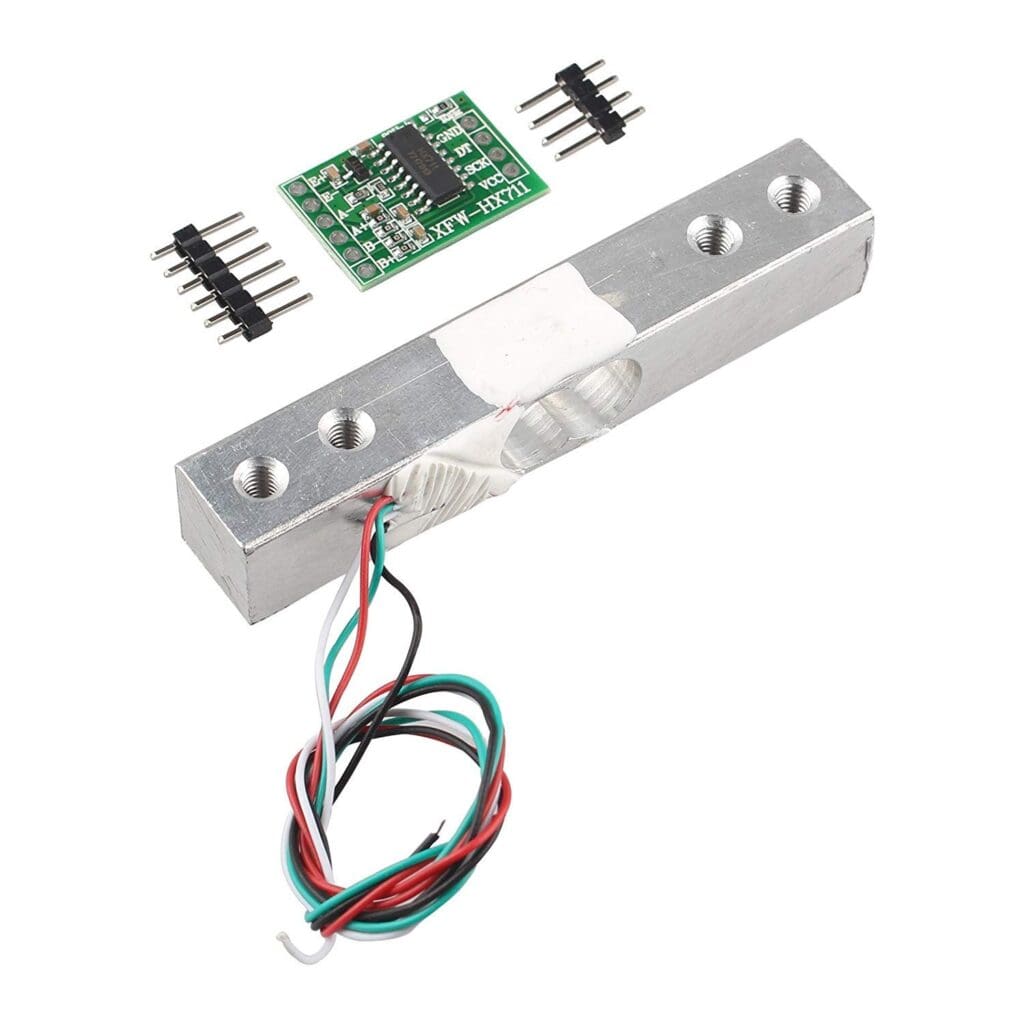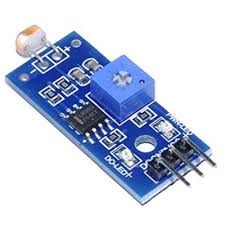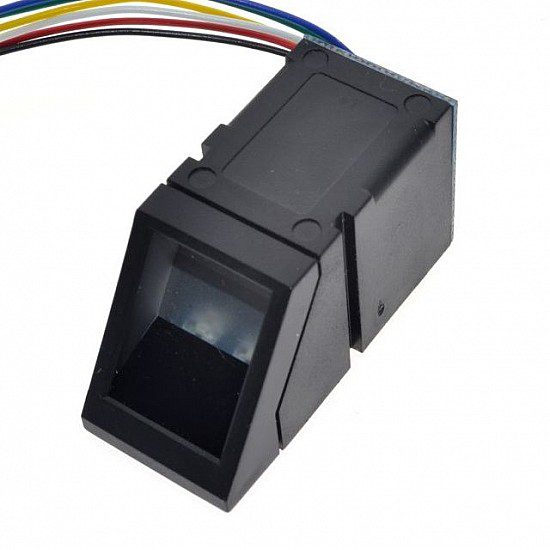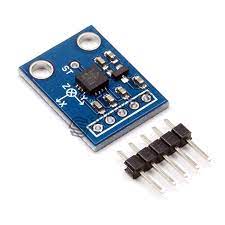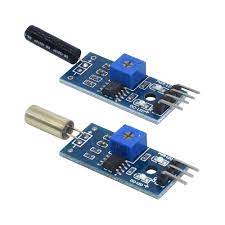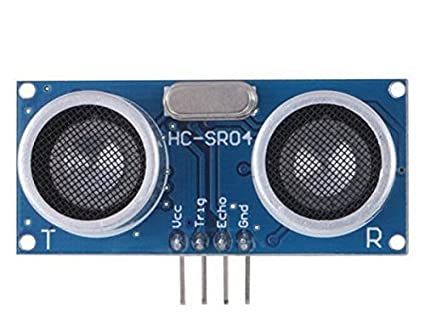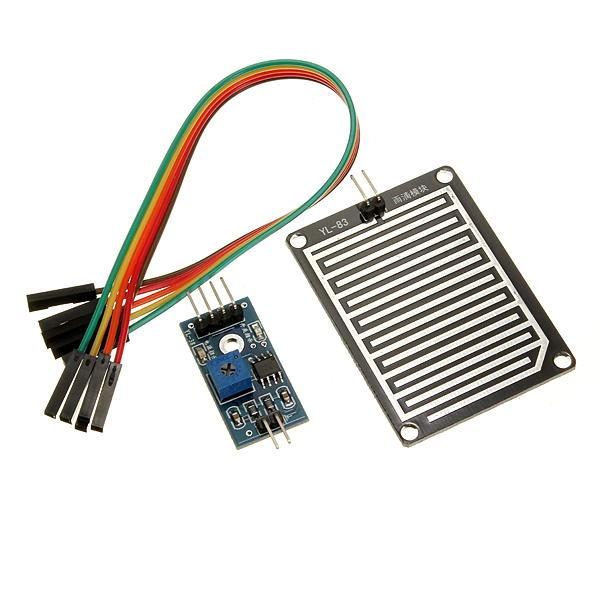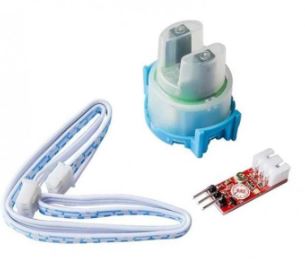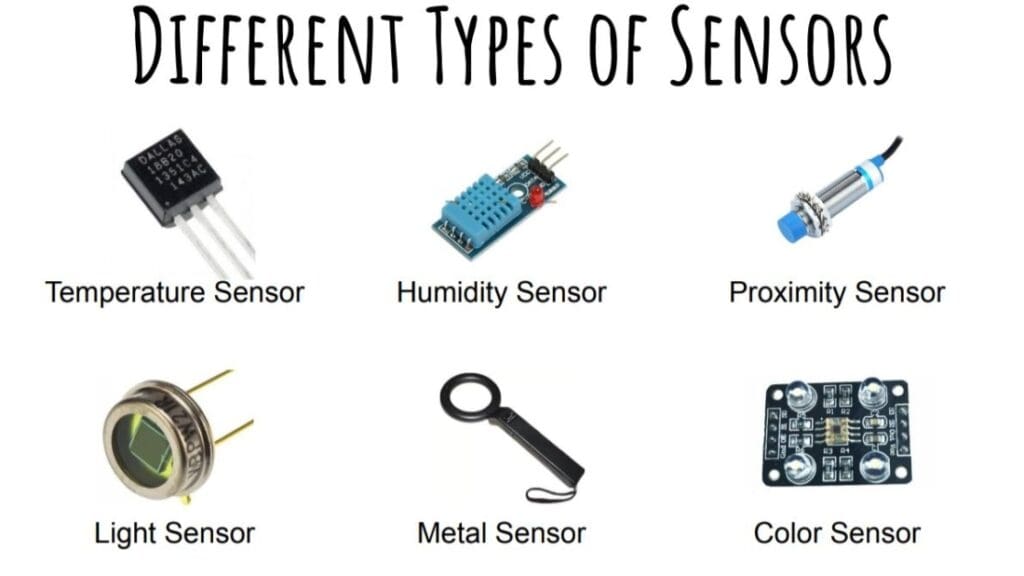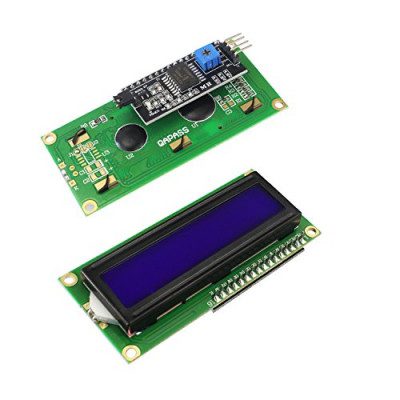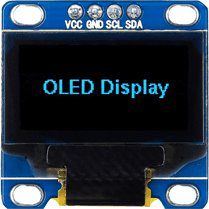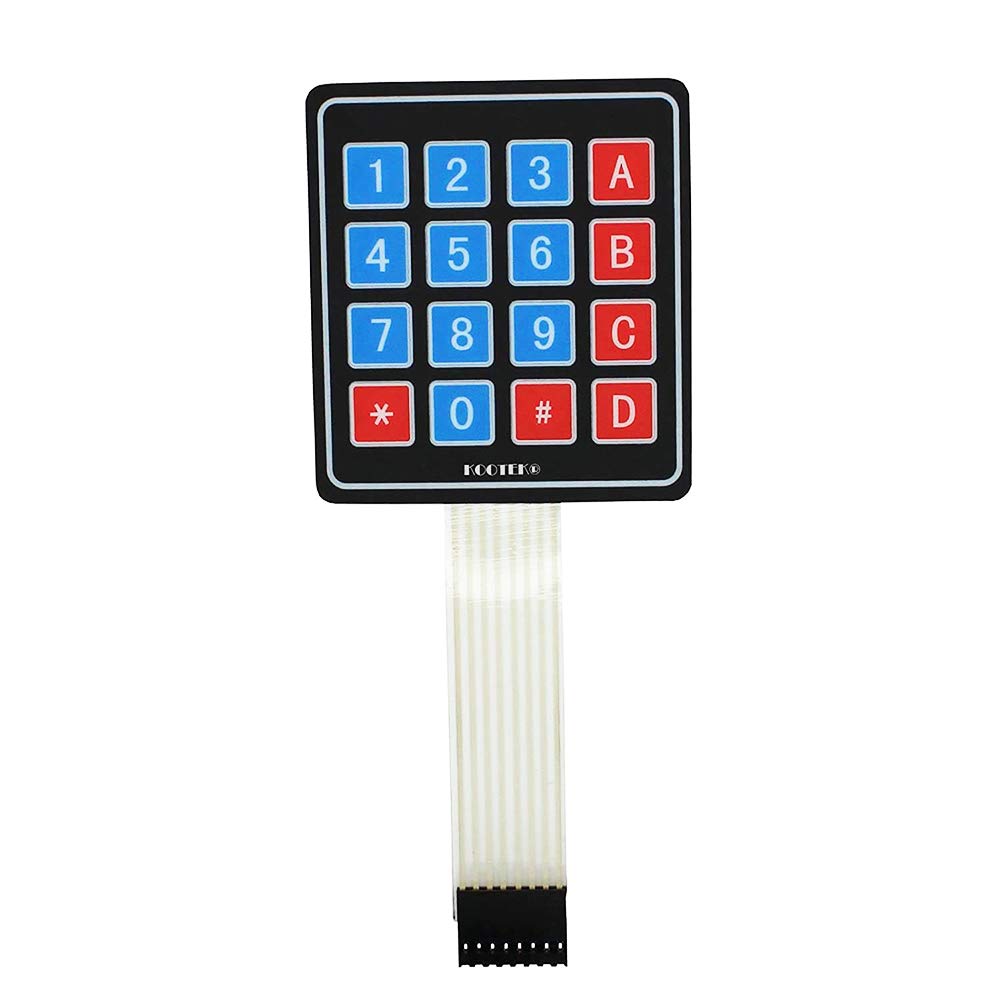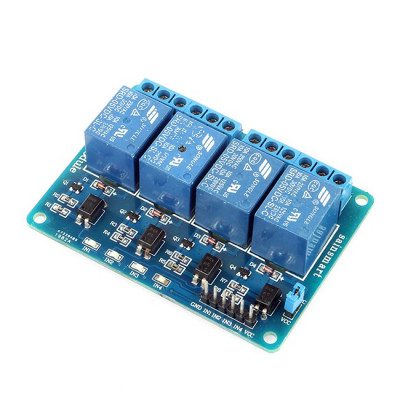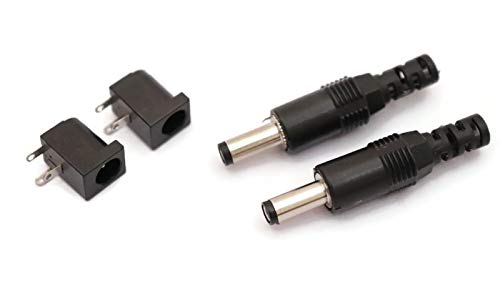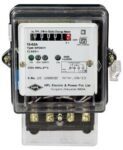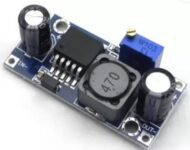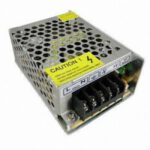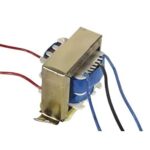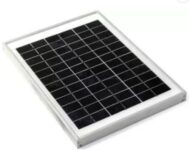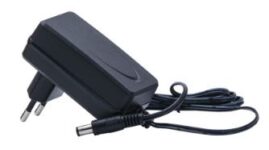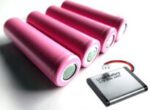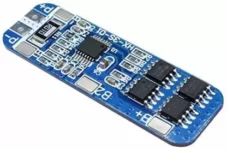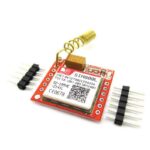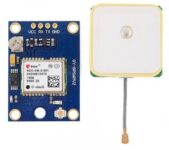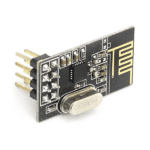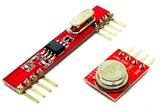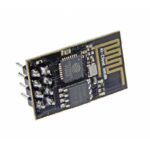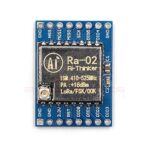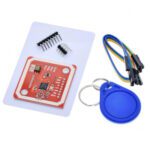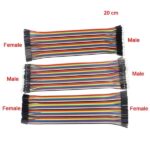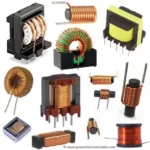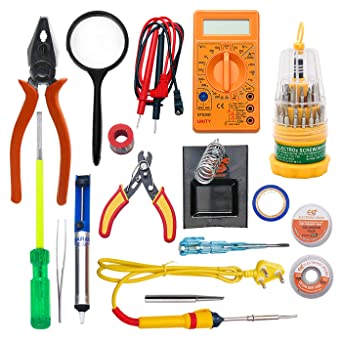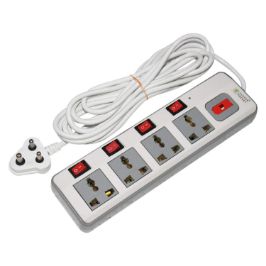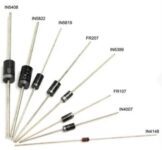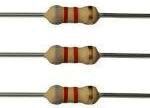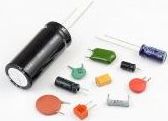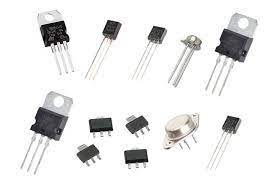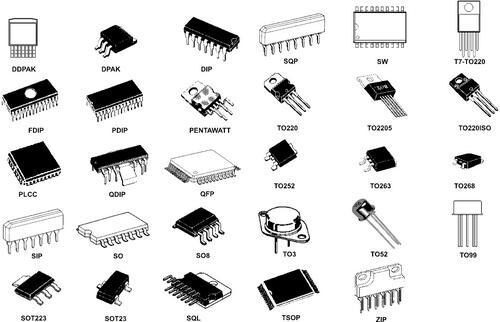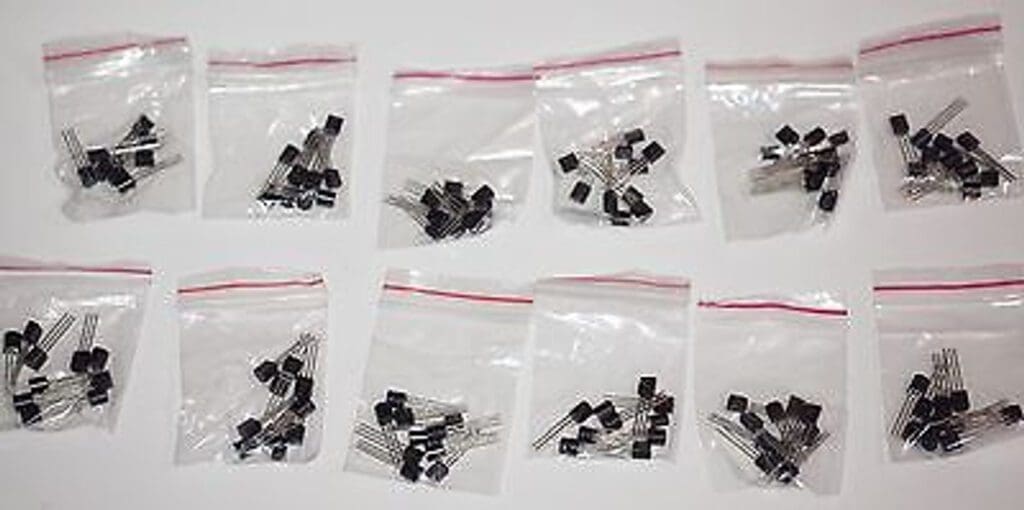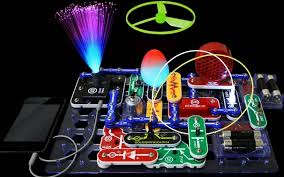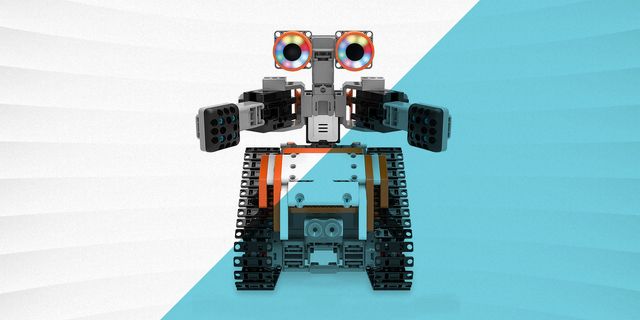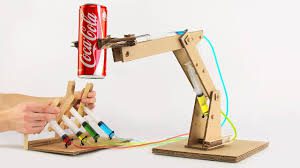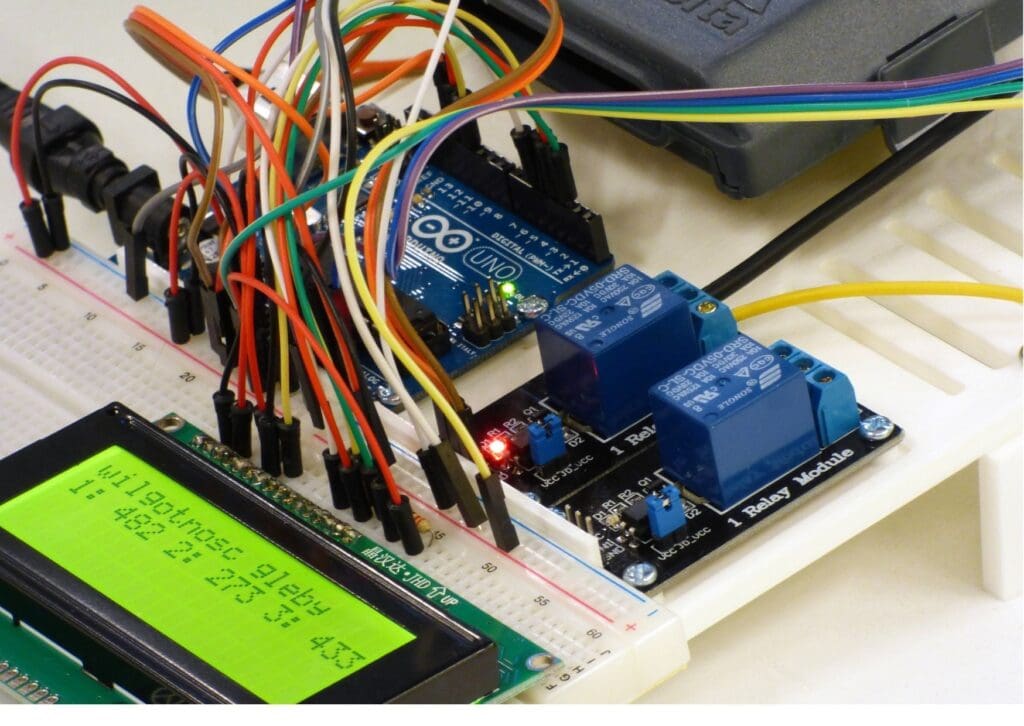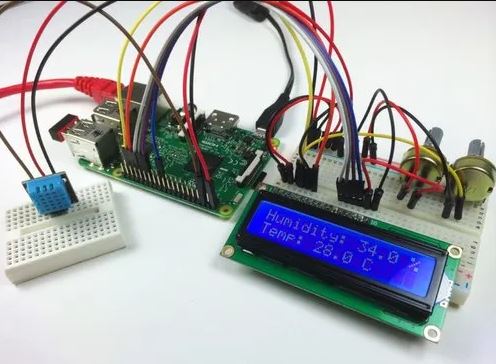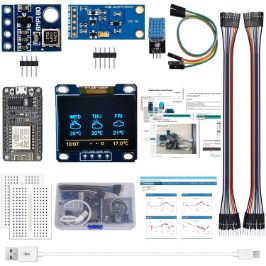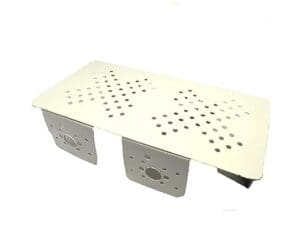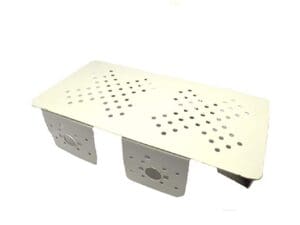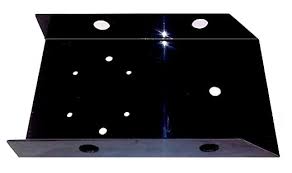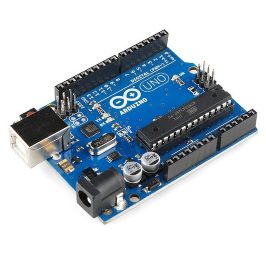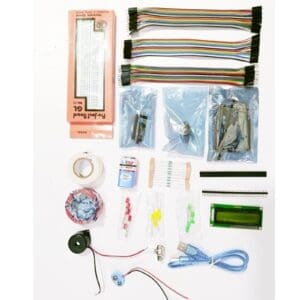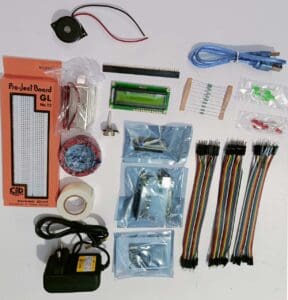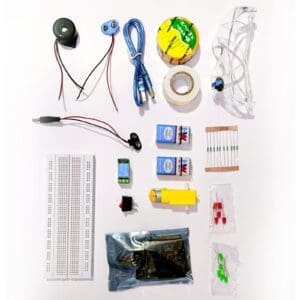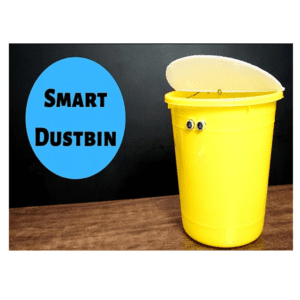- Quantum sensors are fascinating devices that leverage the principles of quantum mechanics to achieve unprecedented levels of sensitivity and precision in measurements. They exploit phenomena such as superposition and entanglement to surpass the limitations of classical sensors
- As the field of quantum technology continues to advance, we can expect even more innovative applications of quantum sensors across various industries, revolutionizing how we measure and understand the world around us. Quantum Sensing is
- an advanced sensor technology that vastly improves the accuracy of how we measure, navigate, study, explore, see, and interact with the world around us by sensing changes in motion, and electric and magnetic fields. The analyzed data is collected at the atomic level.
Projects Categories:
Products Categories:
- Robotics
- Actuators
- Camera Modules
- Drone Kits
- Drone Components
- Chassis
- DC Motors
- Other Robotic accessories
- Pick and Place Modules
- Robotic Kit
- Servo Motors
- Stepper Motors
- Wheels
- Microcontrollers & Programmers
- 8051 Microcontroller
- Arduino Microcontroller
- ARM Development Board
- Interface Module
- NODMCU / ESP Modules
- PIC Microcontroller
- Raspberry Pi
- Devices and Actuators
- Display Modules
- Sensors & Module
- Power Supply / Batteries
- Wireless modules
- Electronic Components
- Wholesale Market
Description
Here are some key areas where quantum sensors are making significant strides
1. Quantum Magnetometers: These sensors can detect extremely small magnetic fields, down to the level of individual atoms. They have applications in geophysical exploration, medical imaging, and even in the detection of underground infrastructure.
2. Atomic Clocks: Atomic clocks use the natural oscillations of atoms as a reference for extremely accurate timekeeping. They are vital for GPS systems, telecommunication networks, and fundamental scientific research.
3. Quantum Imaging: Quantum-enhanced imaging techniques can surpass classical imaging methods in terms of resolution and sensitivity. Quantum-enhanced cameras have potential applications in fields such as biomedical imaging, remote sensing, and security screening.
4. Quantum Gravimeters: These sensors measure variations in gravitational fields with exceptional precision. They have applications in geophysical surveying, underground mapping, and inertial navigation.
5. Quantum Metrology: Quantum metrology aims to develop measurement techniques that exploit quantum phenomena to achieve higher precision. This field has broad applications ranging from fundamental constants determination to high-precision manufacturing.
6. Quantum Sensors for Navigation: Quantum gyroscopes and accelerometers offer extremely precise measurements of rotation and acceleration, which are essential for navigation in autonomous vehicles, drones, and spacecraft.
7. Quantum Communication: While not strictly sensors, quantum communication systems leverage quantum properties for secure communication, which is crucial for applications requiring high levels of data security.

Quantum Sensing Theory
is the theoretical framework that underpins the design, operation, and analysis of quantum sensors. It encompasses the principles of quantum mechanics applied to the measurement of physical quantities such as magnetic fields, gravitational fields, time, and spatial parameters. Here’s an overview of some key aspects of quantum sensing theory:
1. Quantum Measurement: Quantum sensing begins with the measurement of quantum systems. In quantum mechanics, the act of measurement can fundamentally alter the state of a quantum system. Quantum sensing theory explores how to perform measurements that extract useful information about the quantity being sensed while minimizing the disturbance to the quantum system.
2. Quantum Superposition and Entanglement: Quantum sensors often exploit phenomena such as superposition and entanglement to achieve high sensitivity and precision. Superposition allows quantum systems to exist in multiple states simultaneously, enabling them to sense minute changes in the environment. Entanglement enables correlations between quantum systems, which can be harnessed to improve measurement precision through techniques like quantum metrology.
3. Decoherence and Noise : Decoherence refers to the loss of quantum coherence, which occurs when a quantum system interacts with its environment. Noise, both external and internal, can also degrade the performance of quantum sensors by introducing uncertainty into measurements. Quantum sensing theory explores strategies to mitigate decoherence and noise to maintain the sensitivity and accuracy of measurements.
4. Quantum Control Techniques : Quantum sensors often involve the manipulation and control of quantum systems to enhance sensing capabilities. Techniques such as quantum control pulses, quantum error correction, and quantum feedback control are employed to optimize measurement outcomes and mitigate the effects of noise and decoherence.
5. Quantum Information Processing :Quantum sensing can be viewed as a specific application of quantum information processing, where the goal is to extract relevant information from quantum systems. Quantum information theory provides tools for analyzing the information content of quantum measurements and optimizing measurement strategies to extract maximum information.
6. Quantum Limits and Heisenberg Uncertainty Principle: Quantum sensing theory explores the fundamental limits imposed by quantum mechanics on the precision of measurements. The Heisenberg Uncertainty Principle sets a fundamental limit on the precision with which certain pairs of complementary observables, such as position and momentum or energy and time, can be simultaneously measured. Understanding these limits is essential for designing quantum sensors that push the boundaries of measurement precision.
7. Quantum Sensing Architectures: Quantum sensing theory also encompasses the design and optimization of the physical architectures of quantum sensors. This includes considerations such as the choice of quantum system (e.g., atoms, ions, superconducting qubits), the measurement scheme (e.g., Ramsey interferometry, Rabi oscillations), and the environmental factors that may affect sensor performance.
By integrating these theoretical principles, quantum sensing theory guides the development of advanced quantum sensors capable of achieving unprecedented levels of sensitivity, precision, and functionality across a wide range of applications.


Quantum sensing imaging
refers to the use of quantum sensors and techniques to capture images with enhanced resolution, sensitivity, and functionality. Here’s an overview of some key applications and examples of quantum sensing imaging:
1. Biomedical Imaging:
Quantum-enhanced MRI: Quantum sensors can improve the resolution and sensitivity of magnetic resonance imaging (MRI) by detecting the tiny magnetic fields generated by atomic nuclei in the body.
Quantum dot imaging: Quantum dots, semiconductor nanoparticles, can be used as contrast agents in medical imaging to enhance the visualization of tissues and organs in techniques such as fluorescence imaging and quantum dot-based MRI.
2. Remote Sensing and Earth Observation:
Lidar (Light Detection and Ranging): Quantum sensors can improve lidar systems used for remote sensing applications such as terrain mapping, atmospheric monitoring, and vegetation analysis. Quantum-enhanced lidar can achieve higher resolution and sensitivity compared to classical lidar systems.
quantum enhanced Imaging Spectroscopy: Quantum sensors can enhance the spectral resolution of imaging spectroscopy techniques, enabling detailed analysis of materials and substances in the environment, such as vegetation health assessment or pollution monitoring.
3. Security and Surveillance:
Quantum-enhanced Cameras: Quantum sensors can enable cameras with improved sensitivity and resolution for surveillance applications. These cameras can detect low-light conditions or capture images through obstacles such as fog or smoke.
Quantum Imaging for Object Detection :Quantum sensors can be used to detect hidden objects or substances by exploiting their unique signatures in quantum states, enhancing security screening capabilities at airports, border crossings, and high-security facilities.
4. Astrophysics and Astronomy:
Quantum-enhanced Telescopes: Quantum sensors can improve the sensitivity and resolution of telescopes for astronomical observations. Quantum-enhanced imaging techniques can help detect faint celestial objects or study complex phenomena such as gravitational waves and dark matter.
Quantum-enhanced Interferometry: Quantum sensors can enhance interferometric techniques used in astronomy to achieve higher precision in measurements of stellar distances, gravitational waves, and other astrophysical phenomena.
5. Materials Science and Nanotechnology:
Scanning Probe Microscopy: Quantum sensors can be integrated into scanning probe microscopy techniques such as atomic force microscopy (AFM) and scanning tunneling microscopy (STM) to achieve higher resolution imaging of surfaces and nanostructures.
Quantum Dot Imaging in Material Characterization: Quantum dots can be used as labels or contrast agents in imaging techniques to visualize the structure, composition, and dynamics of materials at the nanoscale.
6. Environmental Monitoring and Geophysics:
Quantum Gravimetry and Magnetometry: Quantum sensors can improve the sensitivity and accuracy of gravimeters and magnetometers used in geophysical exploration, underground mapping, and monitoring of environmental changes.
Quantum-enhanced Imaging for Pollution Detection: Quantum sensors can enhance imaging techniques for detecting and monitoring pollutants in the environment, such as oil spills, greenhouse gas emissions, and urban air quality.
These applications highlight the diverse range of fields where quantum sensing imaging techniques can have a significant impact, enabling new capabilities for scientific research, industrial applications, and societal challenges.
Quantum Sensing Various Fields And Applications
1. Medicine and Healthcare:
MRI Enhancement: Quantum sensors improve the sensitivity and resolution of magnetic resonance imaging (MRI), aiding in disease diagnosis and treatment planning.
Biological Sensing: Quantum sensors can detect bio magnetic fields and biomolecules, facilitating early disease detection and drug development.
2. Navigation and Geolocation:
GPS Enhancement: Quantum sensors enhance the precision of navigation systems by providing more accurate measurements of time, position, and velocity.
Underground Mapping: Quantum sensors enable high-precision mapping of underground structures and resources for geological exploration and infrastructure planning.
3. Telecommunications:
Secure Communication: Quantum sensors enable the implementation of quantum key distribution (QKD) for secure communication, protecting data against eavesdropping and interception.
Optical Network Optimization: Quantum sensors improve the performance of optical networks by enhancing signal detection and reducing noise.
4. Aerospace and Defense:
Radar Systems: Quantum sensors enhance radar systems’ sensitivity and resolution, enabling better detection and tracking of targets in aerospace and defense applications.
Inertial Navigation: Quantum sensors provide precise measurements of acceleration and rotation for navigation systems in aircraft, spacecraft, and unmanned vehicles.
5. Environmental Monitoring:
Climate Change Monitoring: Quantum sensors aid in monitoring environmental parameters such as greenhouse gas concentrations, sea level rise, and temperature changes for climate change research.
Natural Disaster Prediction: Quantum sensors improve the detection and prediction of natural disasters such as earthquakes, tsunamis, and volcanic eruptions, enhancing early warning systems.
6. Energy Industry:
Oil and Gas Exploration: Quantum sensors assist in locating and characterizing underground oil and gas reservoirs, optimizing exploration efforts and resource extraction.
Renewable Energy Optimization: Quantum sensors help optimize the efficiency and reliability of renewable energy systems such as solar panels and wind turbines through precise monitoring and control.
7. Materials Science and Nanotechnology:
Nanostructure Imaging: Quantum sensors enable high resolution imaging and characterization of nanomaterials and nanostructures, advancing research in materials science and nanotechnology.
Quantum Dot Applications: Quantum dots serve as sensitive probes for studying biological systems, quantum computing, and optoelectronic devices in nanotechnology.
8. Finance and Economics:
Market Analysis: Quantum sensors provide high-frequency trading firms with more accurate data for market analysis and decision-making, optimizing trading strategies.
Risk Management: Quantum sensors improve risk assessment models in finance and economics by providing more accurate measurements of financial parameters and market trends.
9. Entertainment and Gaming:
Virtual Reality: Quantum sensors enhance the immersive experience in virtual reality (VR) applications by providing more accurate motion tracking and spatial mapping.
Gaming Technology: Quantum sensors improve gaming technology by enabling more precise control interfaces, immersive environments, and realistic simulations.
10. Education and Research:
Laboratory Experiments: Quantum sensors are used in educational and research settings to conduct experiments and demonstrations on quantum phenomena, fostering understanding and innovation in science and technology.
Advanced Research Tools: Quantum sensors serve as advanced research tools in physics, chemistry, biology, and other scientific disciplines, enabling groundbreaking discoveries and innovations.
These applications showcase the diverse range of fields where quantum sensing technology is making significant contributions, driving advancements in science, technology, and society.
Conclusion
- In conclusion, quantum sensing is a transformative technology with profound implications across various fields. By harnessing the principles of quantum mechanics, quantum sensors offer unprecedented levels of sensitivity, precision, and functionality in measuring physical quantities. From medicine and healthcare to aerospace and defense, from telecommunications to environmental monitoring, quantum sensing finds applications in diverse domains, revolutionizing research, industry, and society.
- The applications of quantum sensing are vast and impactful. In medicine, quantum sensors enhance diagnostic imaging techniques like MRI, leading to better patient outcomes. In navigation and geolocation, they improve the accuracy of GPS systems, aiding in precise positioning and navigation. Telecommunications benefit from quantum sensors’ ability to secure data transmission through quantum key distribution, ensuring privacy and security in communication networks.
- Moreover, quantum sensors play critical roles in aerospace and defense, enabling advanced radar systems and precise navigation in aircraft and spacecraft. They contribute to environmental monitoring efforts by providing accurate measurements of climate parameters and aiding in natural disaster prediction. In the energy industry, quantum sensors optimize resource extraction and enhance the efficiency of renewable energy systems.
- Furthermore, quantum sensing facilitates advancements in materials science and nanotechnology, empowering researchers with tools for high-resolution imaging and nanostructure characterization. In finance and economics, quantum sensors support market analysis and risk management strategies, contributing to informed decision-making in financial markets.
- In addition, quantum sensing technologies have implications for entertainment, gaming, education, and research, enriching experiences, advancing knowledge, and driving innovation in these areas.
- Overall, quantum sensing holds immense promise for addressing complex challenges and unlocking new opportunities across various fields. As research and development in quantum technologies continue to progress, we can anticipate even greater advancements and applications of quantum sensing, further shaping the future of science, technology, and society.
For additional blog content, to explore further insights and articles. Click here
433MHz RF Module Works &
Working 433MHz RF Module Works & Interfacing With Arduino Introduction Wireless communication has become an...
Read MoreVoice Recognition Technology
Voice Recognition Technology Introduction Voice recognition technology, a groundbreaking innovation in the realm of electronics,...
Read MoreHow to attach heat sink
How to attach heat sink to raspberry pi 4 INTRODUCTION Attaching a heat sink to...
Read MoreUnderstanding Integrated Circuit And Microchips
Understanding Integrated Circuit And Microchips Introduction Integrated circuits (ICs), often referred to as microchips, are...
Read More


